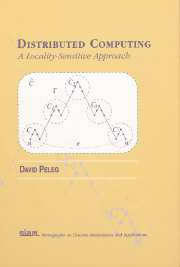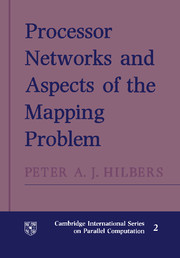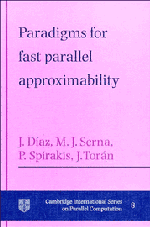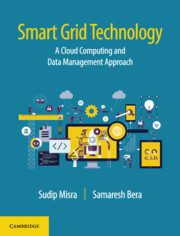Distributed Computing
This volume presents the locality-sensitive approach to distributed network algorithms-the utilization of locality to simplify control structures and algorithms and reduce their costs. The author begins with an introductory exposition of distributed network algorithms focusing on topics that illustrate the role of locality in distributed algorithmic techniques. He then introduces locality-preserving network representations and describes sequential and distributed techniques for their construction. Finally, the applicability of the locality-sensitive approach is demonstrated through several applications. Distributed Computing: A Locality-Sensitive Approach is the only book that gives a thorough exposition of network spanners and other locality-preserving network representations such as sparse covers and partitions. The book is useful for computer scientists interested in distributed computing, electrical engineers interested in network architectures and protocols, and for discrete mathematicians and graph theorists.
Product details
September 2000Hardback
9780898714647
359 pages
261 × 184 × 24 mm
0.846kg
Available
Table of Contents
- Preface
- 1. Introduction
- Part I. Basics of Distributed Network Algorithms
- 2. The distributed network model
- 3. Broadcast and convergecast
- 4. Downcasts and upcasts
- 5. Tree constructions
- 6. Synchronizers
- 7. Vertex coloring
- 8. Maximal independent sets (MIS)
- 9. Message routing
- 10. Local queries and local resource finding
- Part II. Locality-Preserving Representations
- 11. Clustered representations: Clusters, covers and partitions
- 12. Sparse covers
- 13. Sparse partitions
- 14. Related graph representations
- 15. Skeletal representations: spanning trees, tree covers and spanners
- 16. Sparse spanners for unweighted graphs
- 17. Light-weight spanners
- 18. Spanners with low average stretch
- 19. Proximity-preserving labeling systems
- Part III. Distributed Constructions and Applications of LP-Representations
- 20. A basic algorithm for constructing network partitions
- 21. Efficient algorithms for constructing covers
- 22. Efficient algorithms for constructing network decompositions
- 23. Exploiting topological knowledge: broadcast revisited
- 24. How local are global tasks? MST revisited
- 25. Local coordination: Synchronizers and MIS revisited
- 26. Hierarchical cluster-based routing
- 27. Regional directories: resource finding revisited
- 28. Additional applications in other settings
- Bibliography
- Index.






